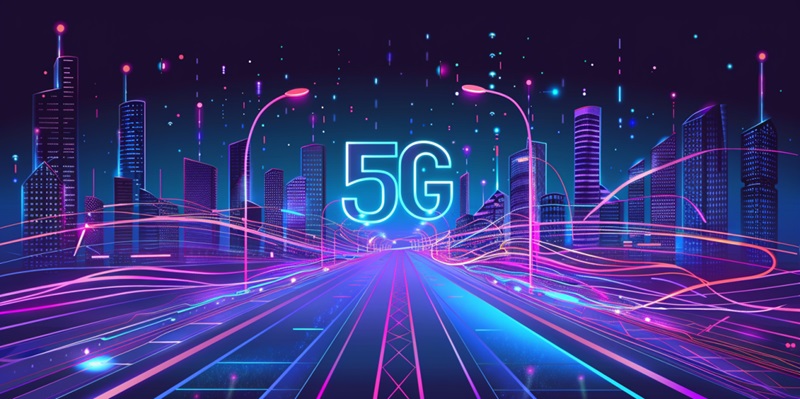The rise of 5G technology heralds a major transformation for our highways, introducing a new era of safety, intelligence, and interconnectivity. 5G’s rapid communication, reduced latency, and expansive device network capabilities are foundational to the next generation of smart transportation infrastructure. With its deployment, we expect a considerable decrease in traffic incidents, enhanced traffic management, and alleviated road congestion.
This advanced wireless standard is pivotal to enabling vehicles and infrastructure to communicate seamlessly, marking significant steps toward fully connected roads. The promise of 5G lies not only in individual vehicle improvements but also in its capacity to create a cohesive, responsive transportation network. As this technology rolls out, it brings us closer to a future where transportation is not just about mobility but also about connectivity and collective intelligence. With 5G’s potential in motion, our journey to safer and smarter roadways is gaining momentum.
The Dawn of Vehicle-to-Everything (V2X) Communication
The integration of 5G into our transport systems is paving the way for advanced Vehicle-to-Everything (V2X) communication, which is poised to redefine the driving experience. Thanks to the ultra-reliable low-latency communication (URLLC) provided by 5G, V2X capabilities will allow cars to interact in real-time with other vehicles, pedestrians, and infrastructure. This enhanced connectivity will provide drivers with crucial information about road conditions, traffic, and potential hazards, facilitating improved decision-making on the road. 5G’s rapid data exchange will be instrumental in supporting advanced driver assistance systems (ADAS), transforming these systems from reactive to proactive, and ensuring a higher level of safety for all road users.
Similarly, the implementation of 5G is expected to foster the development of autonomous vehicles. These self-driving cars will depend on flawless communication and quick data processing to navigate roads safely. By providing a stable and swift network, 5G technology will enable autonomous vehicles to operate efficiently, making split-second decisions that could help avoid accidents and save lives. Vehicle-to-vehicle (V2V) and Vehicle-to-Infrastructure (V2I) communications will keep autonomous cars informed about everything from changing traffic lights to emergency braking by other cars, orchestrating a harmonious flow of traffic and minimizing collisions.
A New Frontier in Automotive Cybersecurity
As we embrace the potential of 5G technology, it becomes crucial to bolster the cybersecurity in our vehicles. With a greater amount of data circulating through interconnected networks, there is a heightened need for advanced security measures. The 5G framework is being crafted with stringent security protocols, including robust encryption and sophisticated firewalls, to deter cyber threats and protect the privacy of all road users.
Cybersecurity in the automotive sector is not just about technology, it involves a partnership among car manufacturers, network experts, and regulatory entities to identify and counter potential digital risks. Through consistent monitoring and updates, this coalition aims to shield the ecosystem from hackers, preserving the trust in 5G tech and ensuring safety and efficiency on our future roads. The combined efforts will secure the myriad of advantages that 5G aims to bring to transportation, from diminishing road mishaps to enhancing real-time traffic data.

